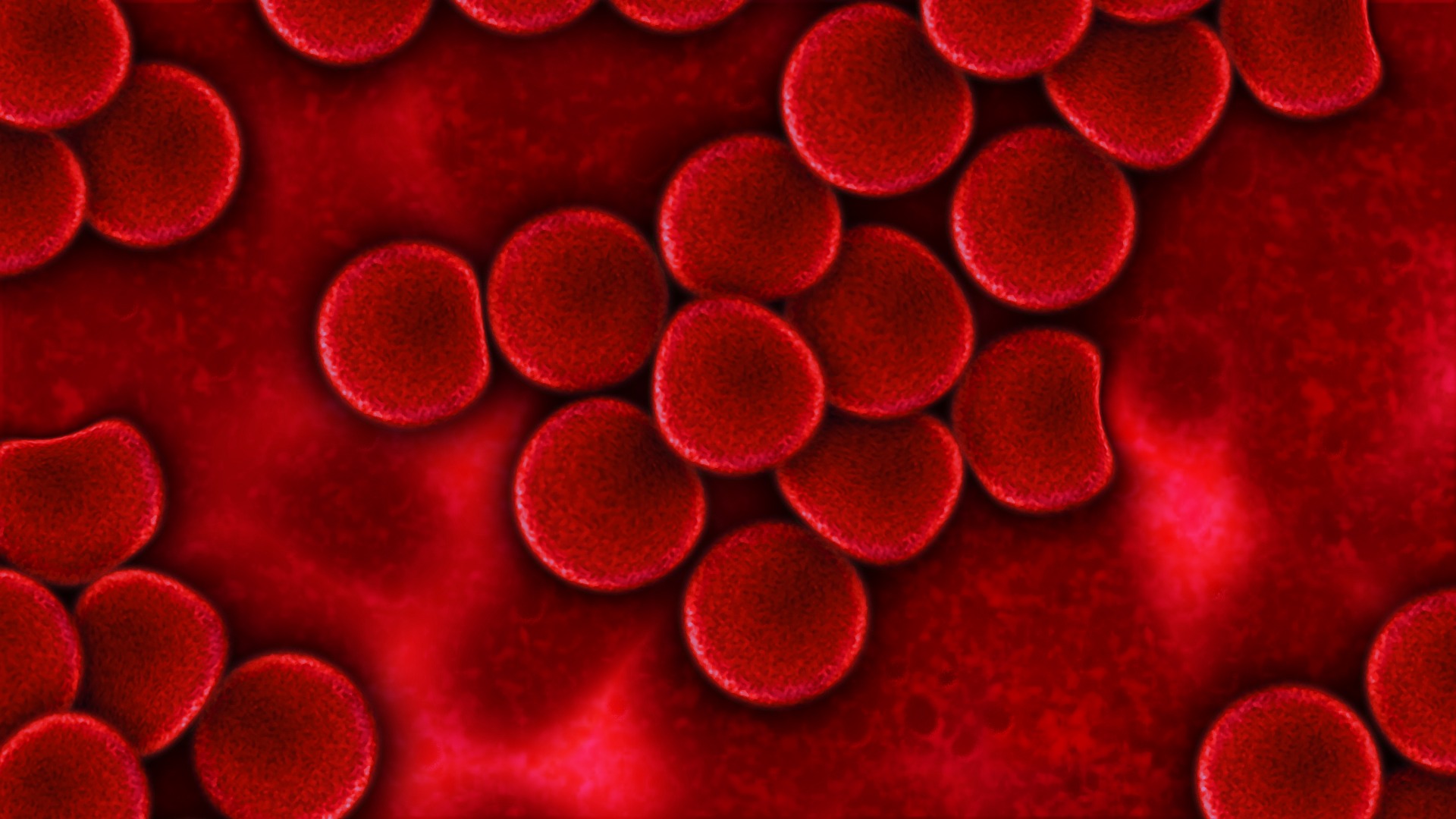By Thomas Moore
Cells die all the time. Since you started reading this sentence, you’ve probably lost a few million… And there go a few million more. And of course all these dead cells must be disposed of so more can grow in their place. Biologists are only just beginning to discover how this continual process of death, disposal and renewal works. Ultimately we want to understand how a dead cell embedded in the middle of thousands of living cells (say in the middle of an organ or a muscle) can be forced out of its place and disposed of. But we need to start simpler, so for now we just want to understand how dead surface cells (called epithelial cells) are removed.
Doing research on this very problem some biologists working at UQ found something rather remarkable. They identified a compound, N-WASP, which seemed to tell surrounding cells whether or not a cell should be kicked out. But it did this in a strange way: on the wall between two healthy cells, it seemed that lots of patterns formed. In particular, big proteins called actin would clump together in regions of high concentration, and clumps of actin would move around, merge and form spontaneously in other places. However, without N-WASP these patterns became far more stable – the peaks of actin formed, but stayed in one place and didn’t interact. It seemed that the activity on the walls was somehow related to the tension there, and was a part of what caused the dead or sick cell to be kicked out of the layer.
And this is where the mathematics comes in. We wanted to see if we could reproduce these patterns using a very simple model of how actin moves around in 2D space. We knew actin liked to contract, pulling the surrounding medium inwards, and we also knew long actin chains often break down into smaller monomers of actin, which can in turn combine elsewhere to form more, long actin chains.
The next step was to turn this rough description into a mathematical model: we had a biological theory, that the contracting actin chains spontaneously collapse into these unstable patterns, but with a mathematical model we could test if this ‘fairy tale’ was indeed reasonable. Fortunately, the behaviour of our system was similar to many other reaction systems, and there are well known partial differential equations to model this behaviour.
Using a common sense and simple model, we managed to reproduce most of the behaviour along the cell wall: if you make the actin molecules more stable (which is what the N-WASP does) you get stable patterns. If they break down more easily, you get dynamic peaks which merge, form and move just like the experimentally observed peaks.
Ultimately, mathematical modelling has demonstrated that at least one biological ‘fairy tale’ is in fact quite plausible.
Thomas Moore was one of the recipients of a 2013/14 AMSI Vacation Research Scholarship.

